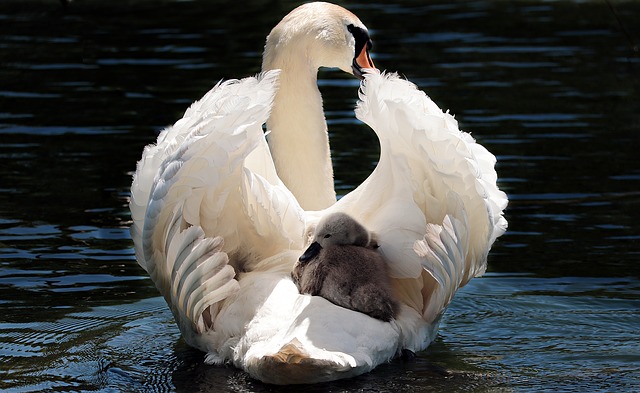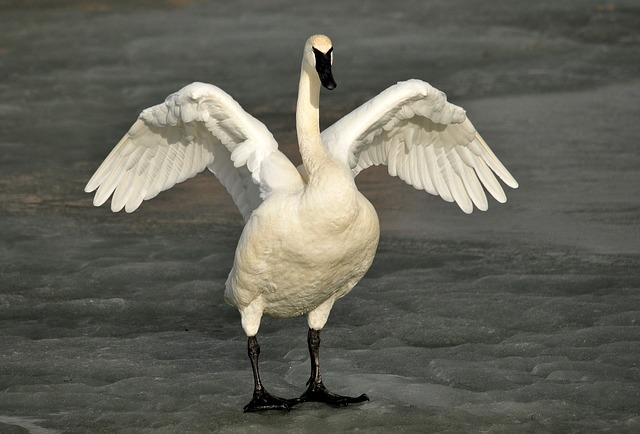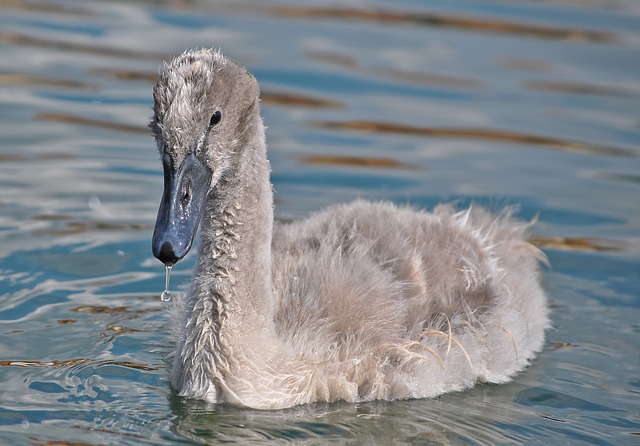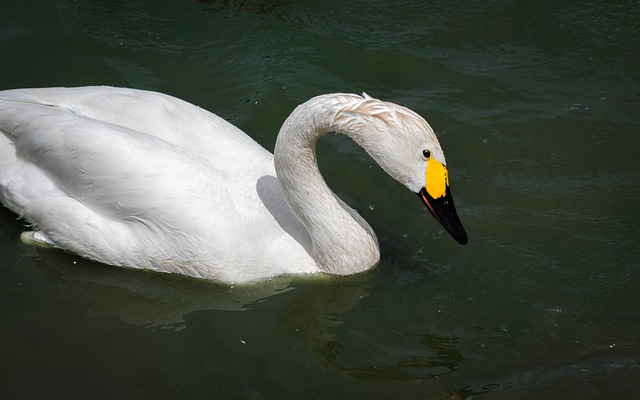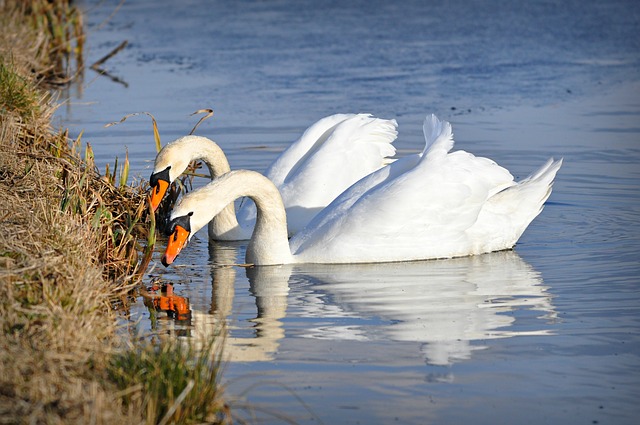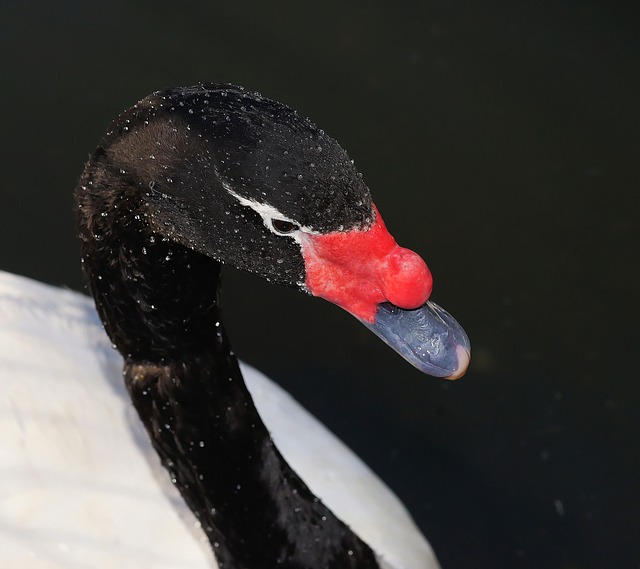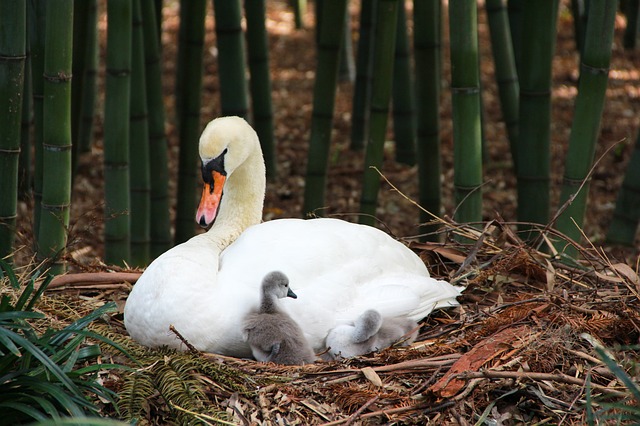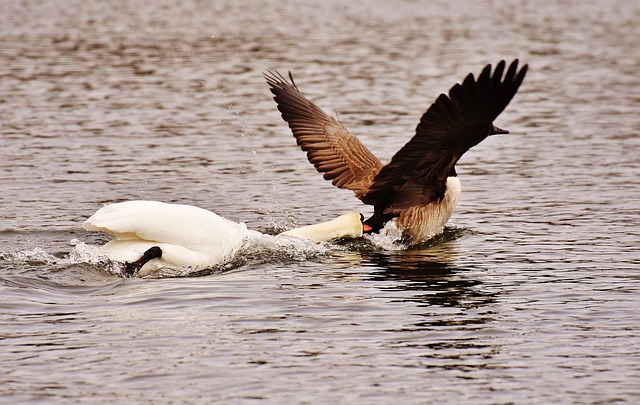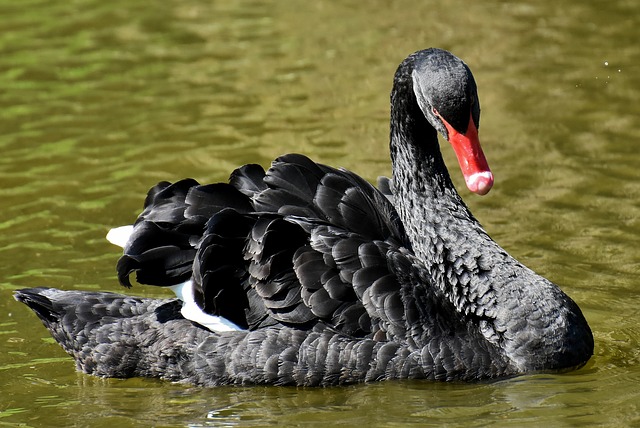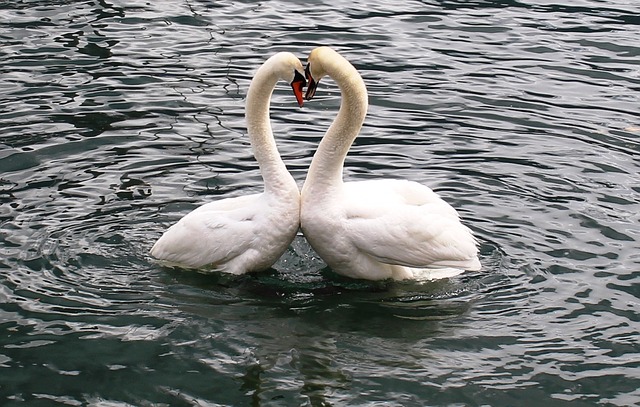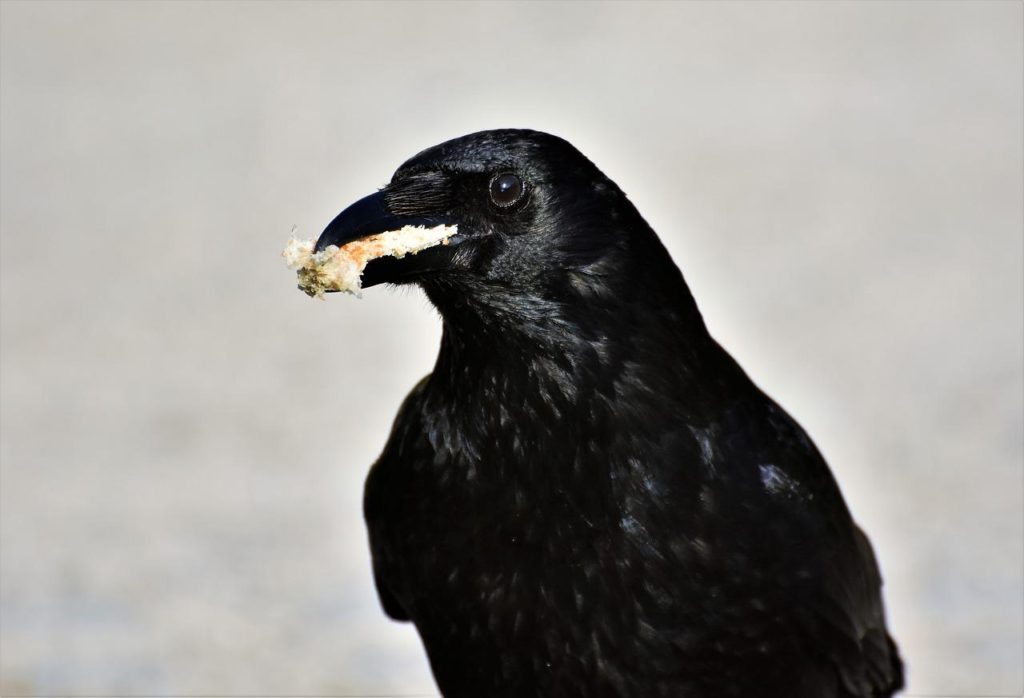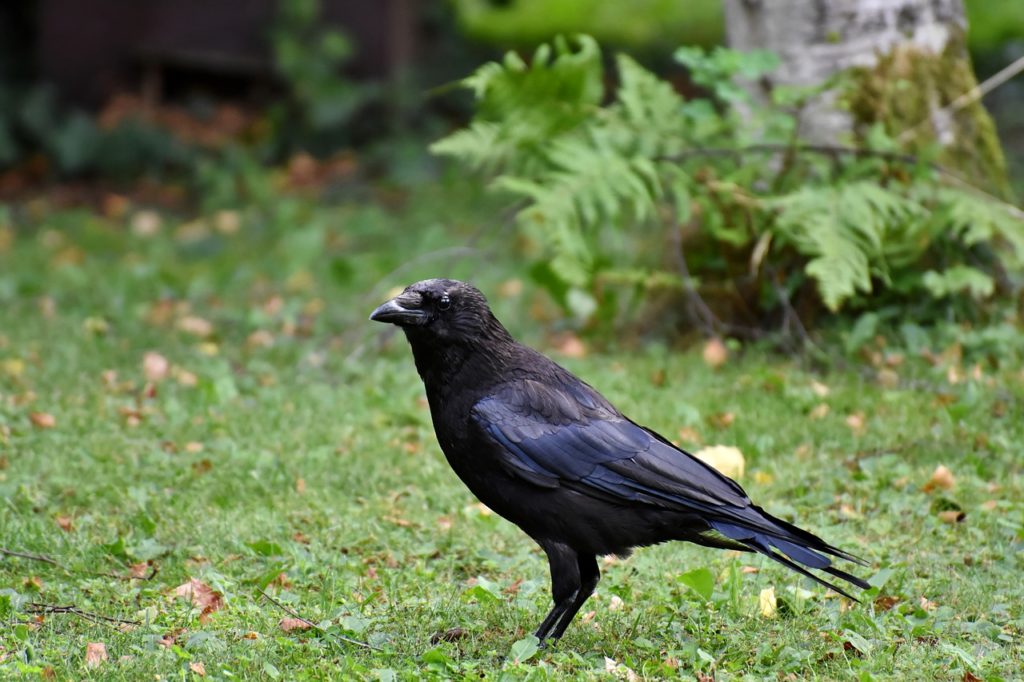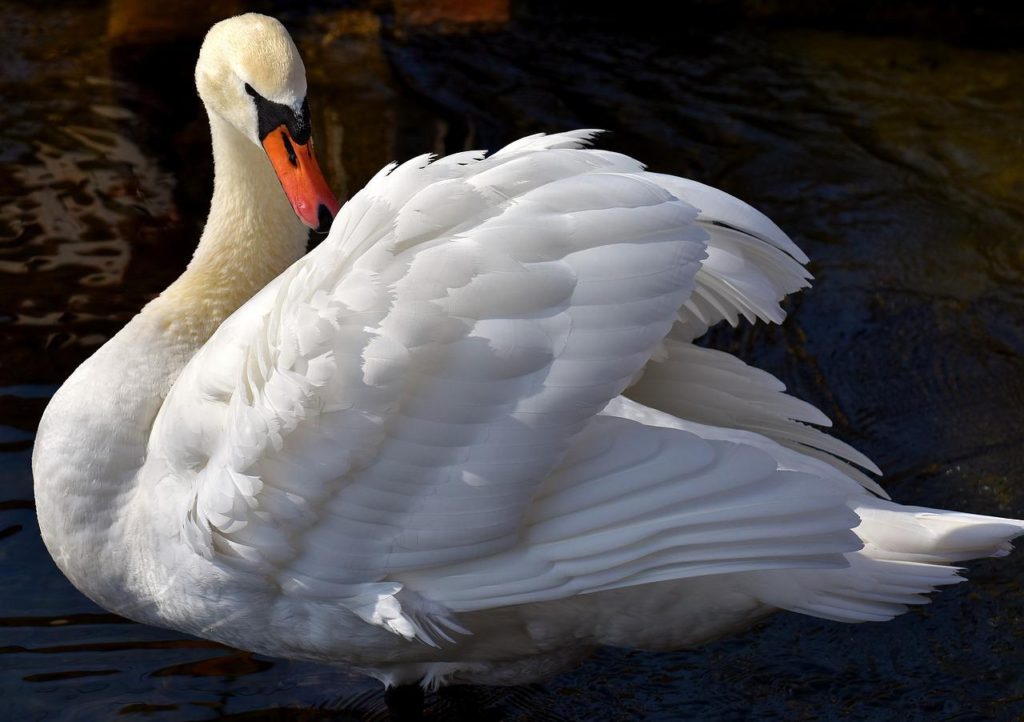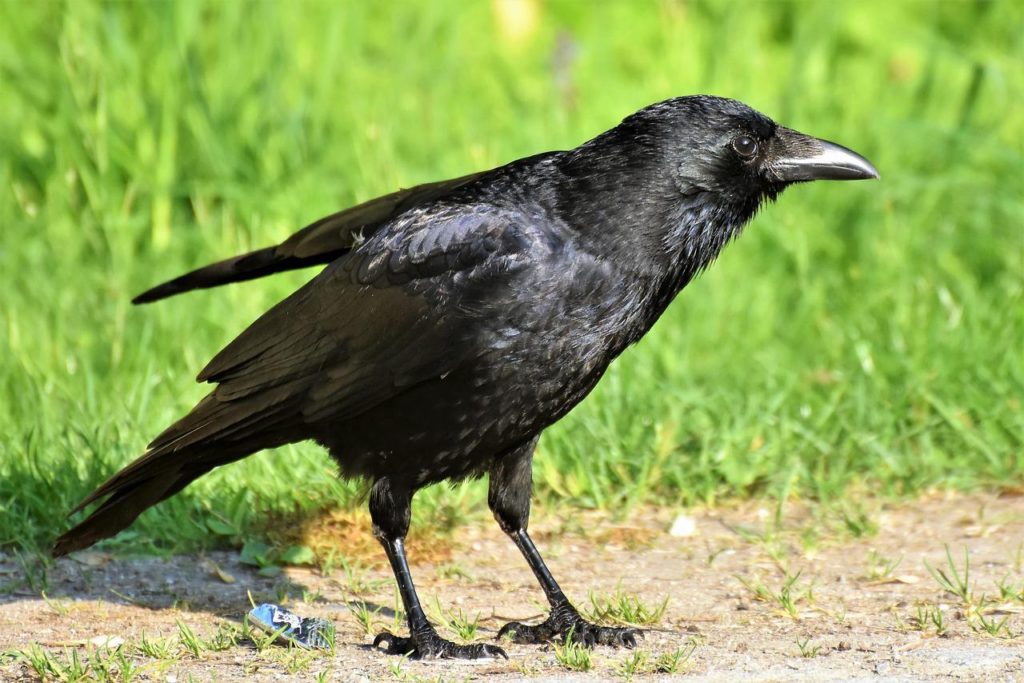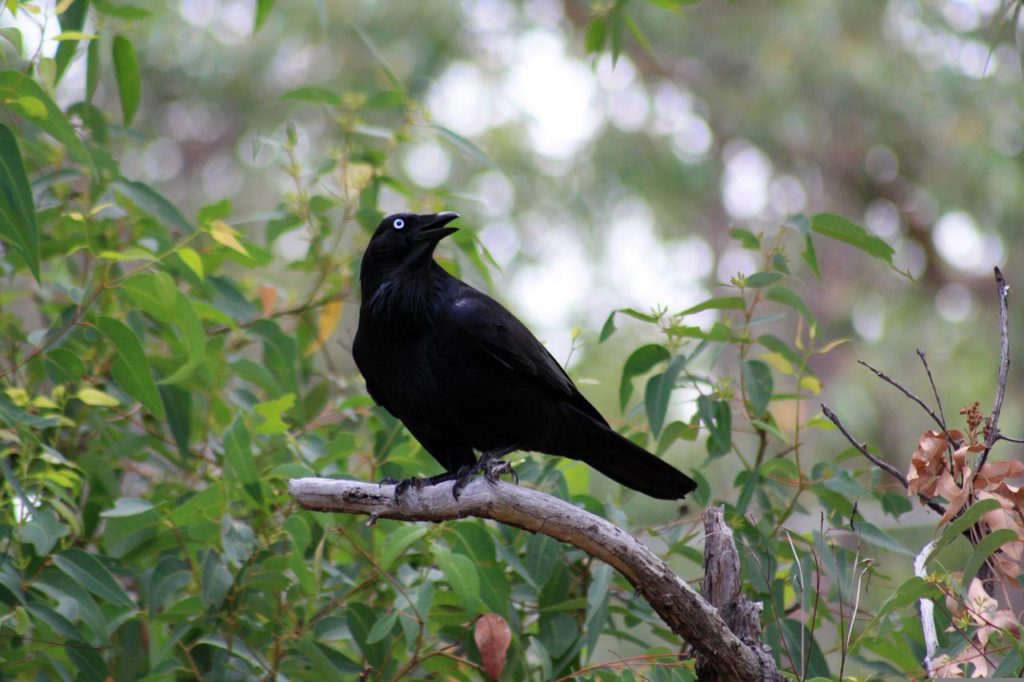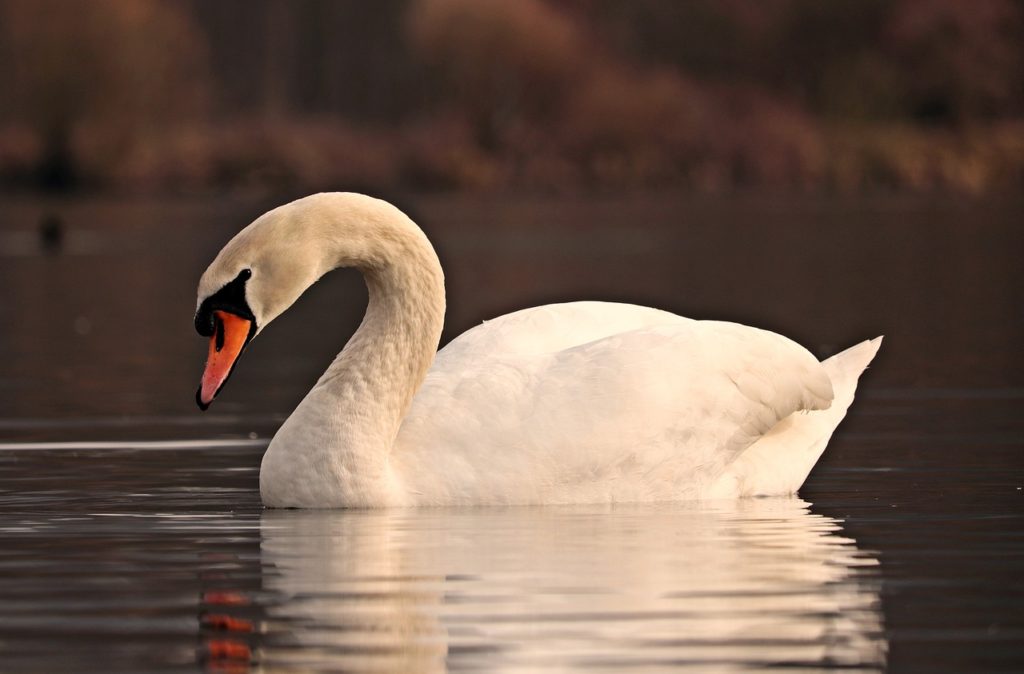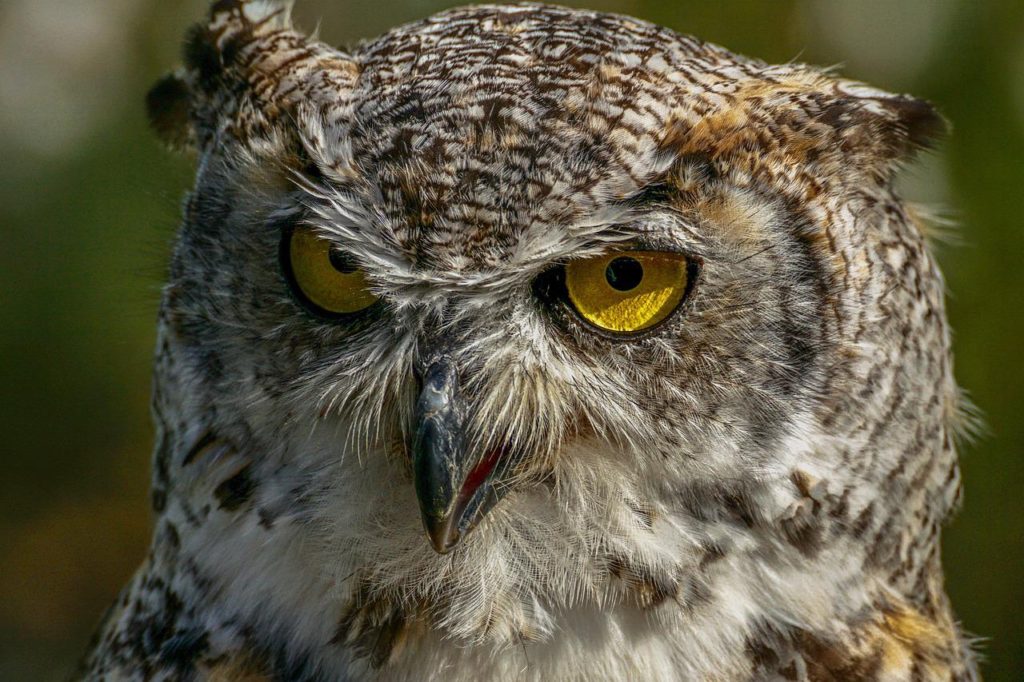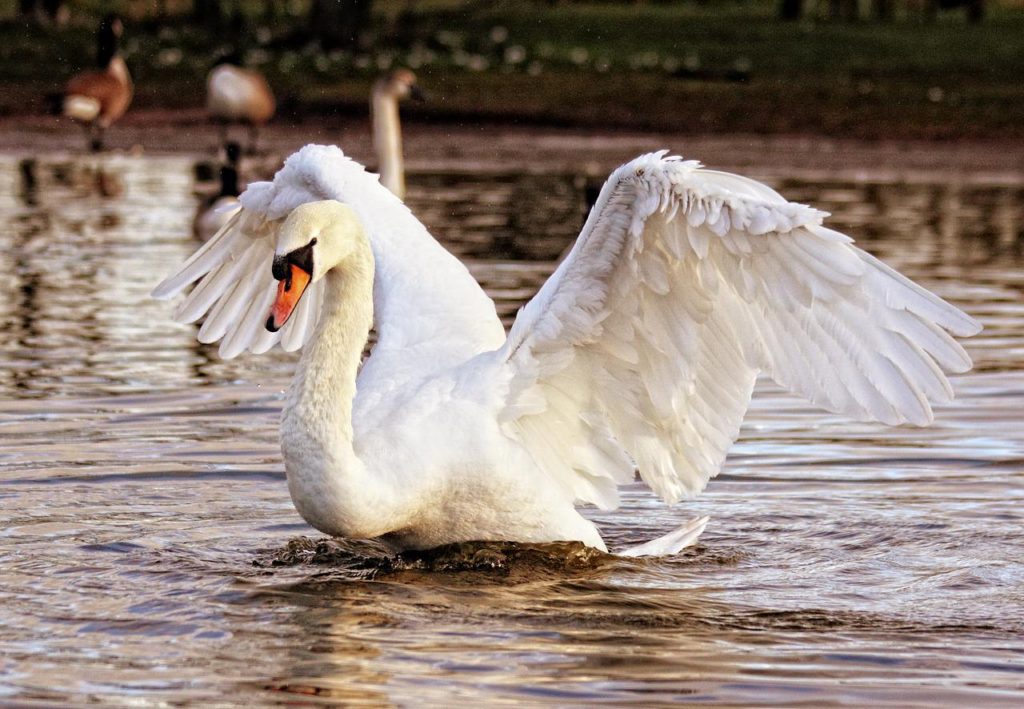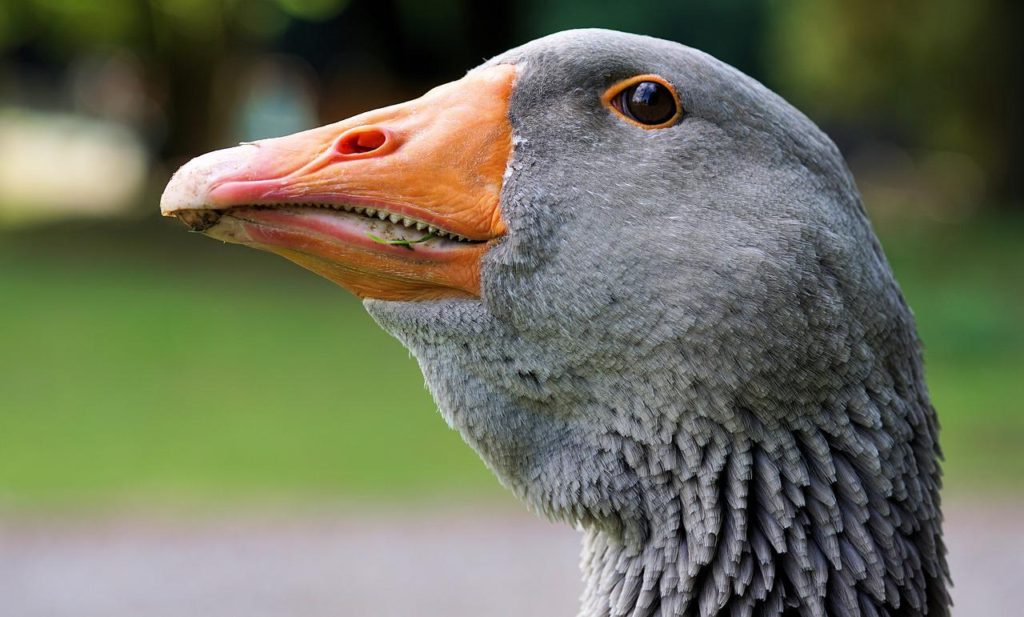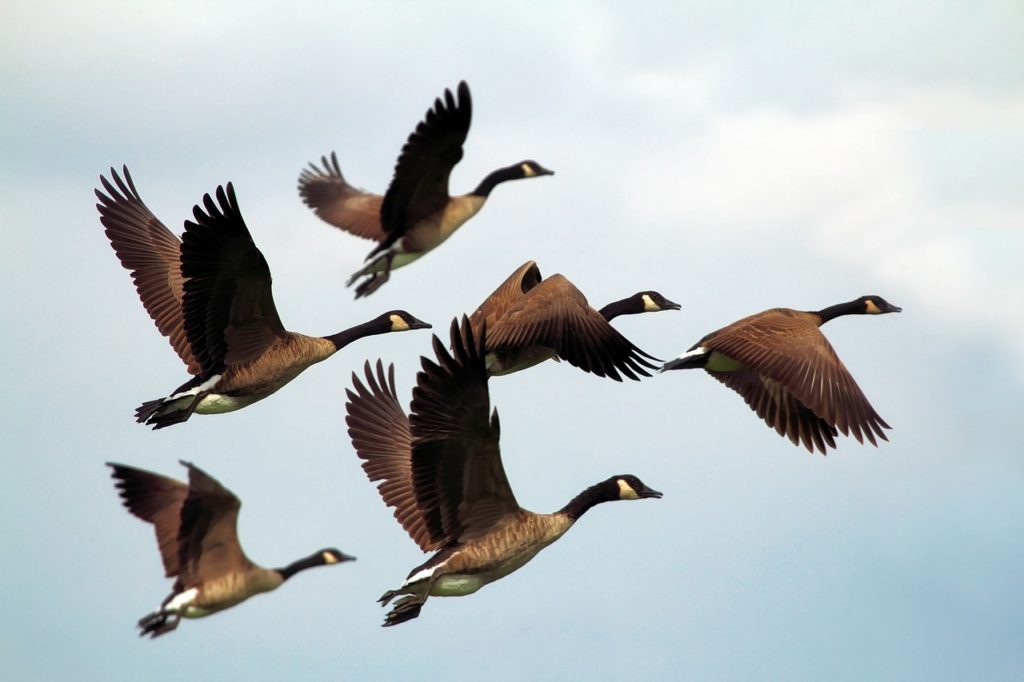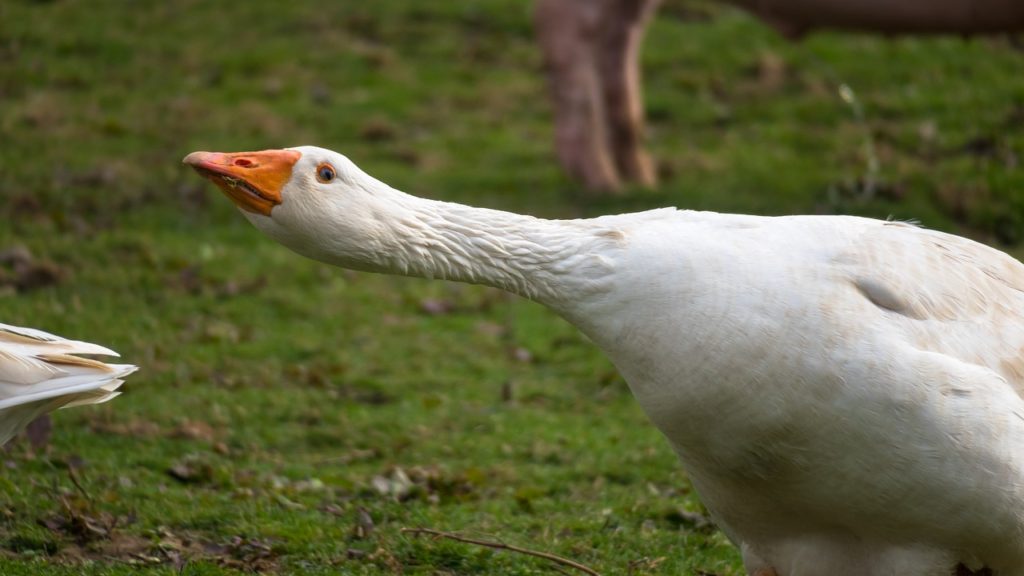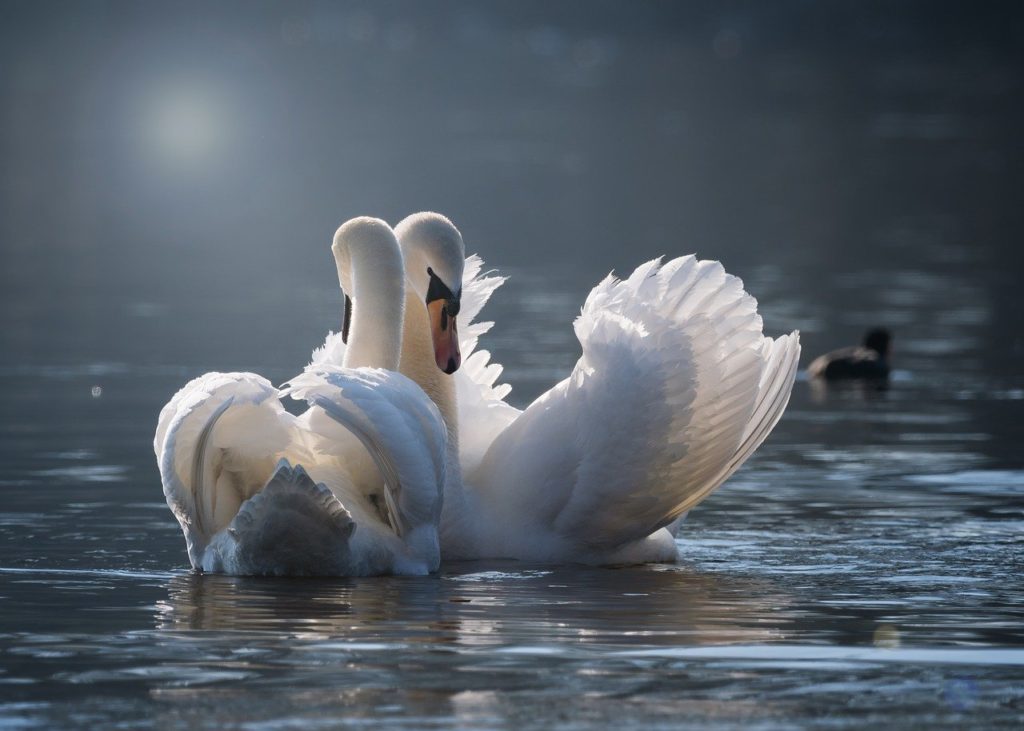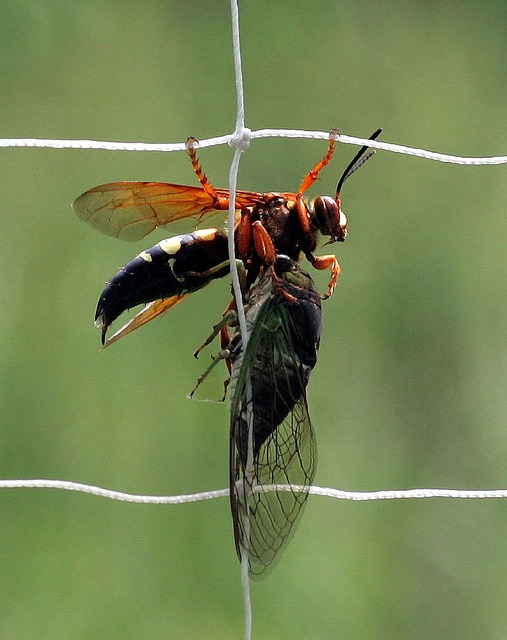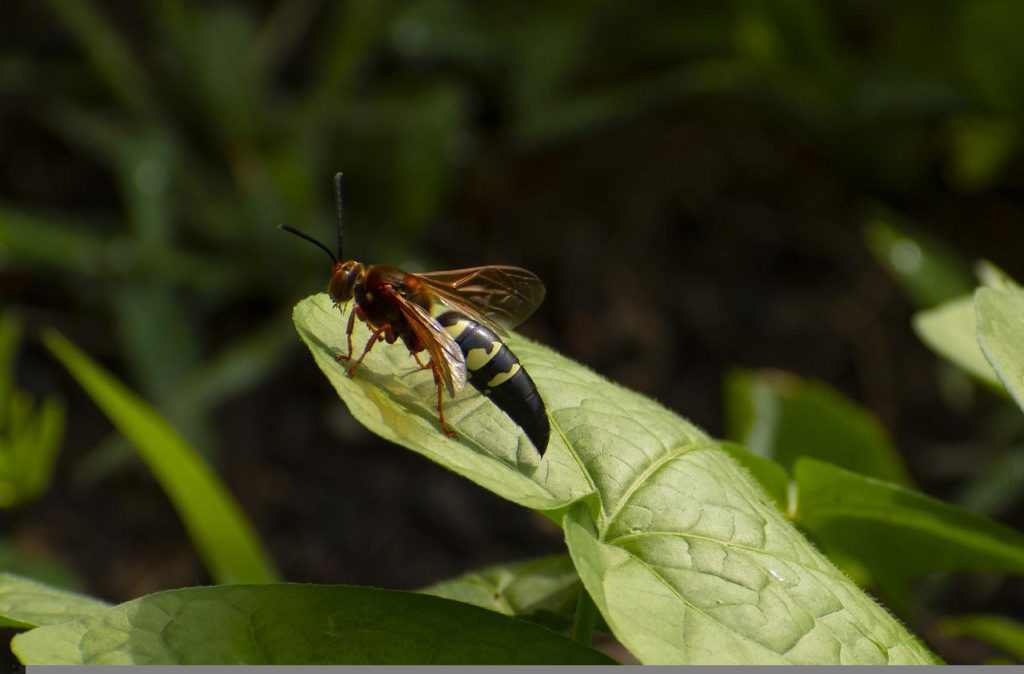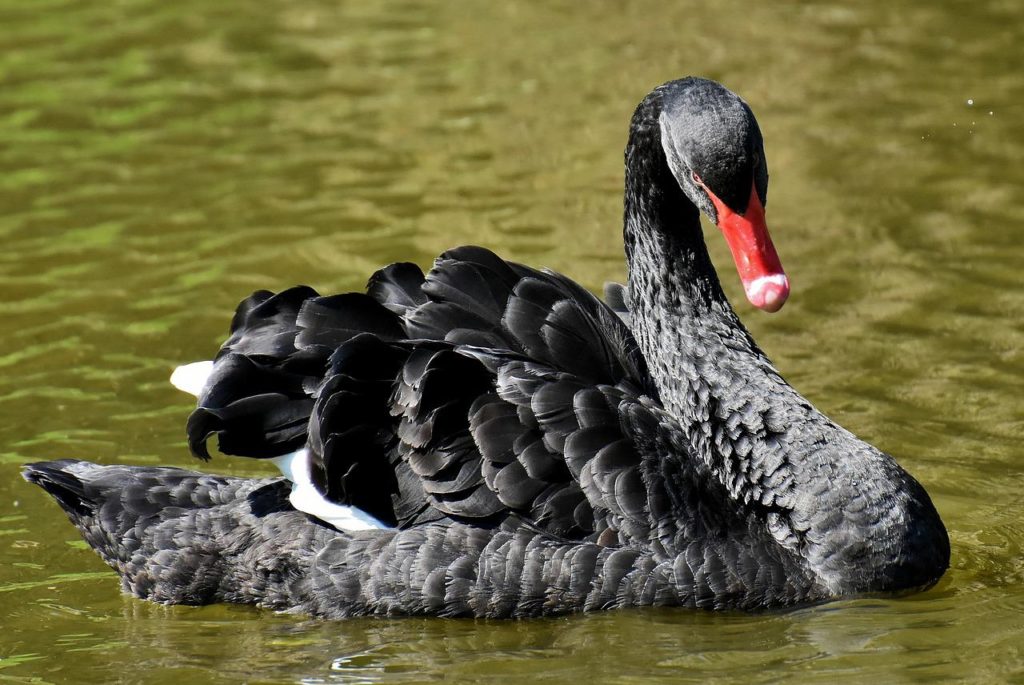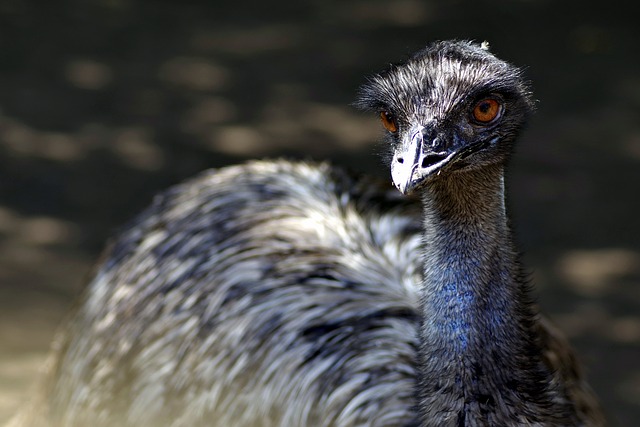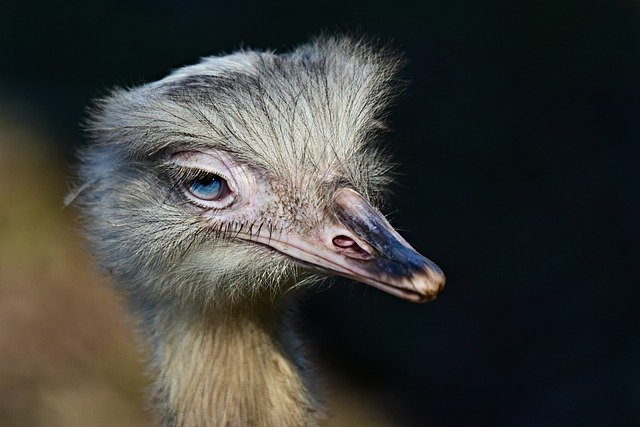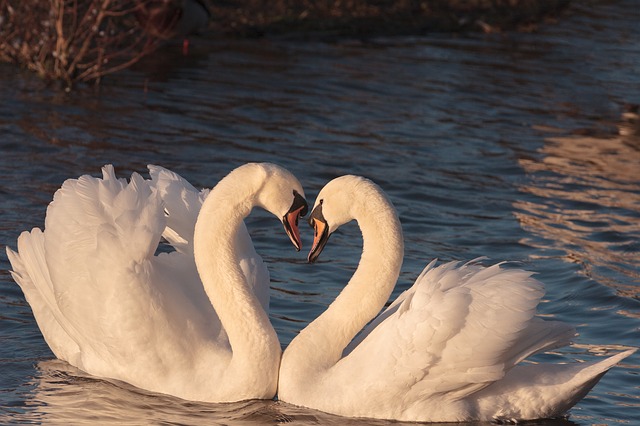
Swans are a large type of waterfowl that are well-known for their beauty. These birds are not only attractive but there are also many fascinating things about them as well. So we’ve compiled some of the best swan pictures to help show you just how amazing they are.
Baby Swan Riding On Mother
A baby swan is known as a cygnet. As soon as a cygnet hatches it can swim however, it will usually remain in the nest for twenty hours before heading to the water. In the water, they will often ride on the back of their parents. They typically stay with their parents until they are around one year old.
Trumpeter Swan
The trumpeter swan is native to North America. It is considered to be the heaviest native species of waterfowl on the continent. It also has the largest wingspan of any North American waterfowl with some individuals having a wingspan of over ten feet wide.
This species has plumage that is all-white in color and it can be distinguished from other similar-looking swan species by its black bill. In fact, its bill also happens to be the largest bill of any waterfowl. While this species was close to extinction in the early twentieth century, luckily it has made a successful comeback.
Mute Swan
The mute swan is native to Europe and Western Asia. It is an all-white bird with an orange beak that is outlined in black. Most pictures of swans are of this species as it’s the one that’s the most commonly encountered. In North America where it was imported as an ornamental bird, it has actually become an invasive species.
In some areas where there are breeding populations, it is considered to be a pest due to its aggressive tendencies and the disruption it causes to native waterfowl and the ecosystem. However what to do about it, if anything, is a topic of debate.
Young Swan
Mute swans cygnets like the one shown here are born grey with a black beak. As they get older their plumage changes to brown over the first six months of their lives. At around one year they will be mostly white in color although their beaks may remain grey or pink. As they gradually mature their plumage will be white and their bill will turn orange.
Tundra Swan
The tundra swan nests on the Arctic tundra and is known to fly very long distances during its winter migrations. It is all-white in color with a black bill that contains a patch of yellow. There are two subspecies of tundra swan. They are known as the whistling swan and Bewick’s swan. You can tell them apart by the fact that the whistling swan is slightly larger and has more black on its bill.
Feeding Swans
The swan diet consists of a range of different plants. Swans often feed on aquatic plants such as pond weeds and algae. They use their long necks to help reach submerged aquatic plants below the water’s surface. Mollusks and insects are eaten as well. Swans also graze for food on land and this may include grass or agricultural crops such as wheat and rapeseed.
Coscoroba Swan
The coscoroba swan is a swan species that is only found in South America. It has a red beak and its plumage is almost all-white except for the black tips of its flight feathers. The black tips are most obvious when the bird is flying. The coscoroba swan is considered to be the smallest of all the swan species.
Black-Necked Swan
The black-necked swan inhabits southern South America. And it migrates as far north as southern Brazil and Paraguay in the winter months. This species is white with a black neck and head. It has a grey bill with a red knob at the base. The black-necked swan is the largest waterfowl species in all of South America.
Mute Swan Nest
The mute swan will breed and lay its eggs in the spring. Usually anywhere from four to ten eggs are laid. The eggs will incubate for around forty days before hatching. The same nest is often used by the parents from year to year and may be rebuilt when needed.
Swan Attack
Some swan species are known for being aggressive. The mute swan however is considered to be the most aggressive of all swans. It is known for being highly protective of its nest and young. It will also attack and sometimes kill other waterfowl that enter its territory.
Because of its large size and protective nature, other waterfowl will often keep their distance. For this reason, a swan decoy can be placed in ponds, pools, or on land to help keep other types of waterfowl from landing. Decoys are often used to deter Canadian geese in particular.
Black Swan
The black swan is native to Australia and typically breeds in the southeastern and southwestern regions of the country. Like its name suggests this species is black and it has white flight feathers and a red bill. Because of its beauty, it has been imported around the world as an ornamental bird.
In England, several small breeding populations of escapees now exist. An interesting black swan fact is that around twenty-five percent of all pairs are made up of homosexual male birds.
Swan Pair Forming A Heart
Unlike most other bird species, a swan pair mates for life. So for this reason they are often used as a symbol of love and faithfulness. Some of the most romantic-looking swan pictures are of mute swans during their courtship ritual.
During the ritual, the swans ruffle their feathers and face each other with their heads bowed. When they do so, their long curved necks help to form a heart shape. The image of two swans forming a heart is a popular decoration on wedding cakes and for romantic events.
Start Shopping for Birding Supplies!
What Do Crows Eat?
With roughly 40 different species, crows are a common sight in most places around the world. And while most of us are familiar with their appearance and harsh vocalizations, their diet is not as obvious. So what do crows eat? Here's what you'll want to know. What Do...
What Are Crows Good For?
Crows are widely considered to be pests. However, these large and highly intelligent black birds actually serve quite a few important functions in the environment. So what are crows good for? Here's what you'll want to know. Pest And Parasite Management Crows are...
How Long Do Swans Live?
Swans are graceful and beautiful creatures and as such, people have many questions about them. They want to know about their mating rituals, their diet, their preferred habitats, and even their lifespans. How long do swans live for anyway? Swan lifespans actually vary...
Are Crows Good Pets?
People all around the world see and hear crows on a daily basis. Although these intelligent and dark birds are practically ubiquitous, most people don't think of them as being household pets. Are crows good pets? The general consensus is that crows do not make...
Are There Crows In Australia?
Crows are remarkably smart birds that also happen to be extremely adaptable. They navigate unfamiliar circumstances via observation and interaction. Crows reside in locations all over the globe. While they do not live in certain parts of South America, they do reside...
What Do Swans Eat?
Swans are famously long-necked birds that are symbols of romance, love, beauty, and purity. Since these waterbirds have so many admirers, people often wonder about their eating habits, behaviors, and more. What do swans eat, anyway? Swan Basics Swans typically live in...
Birds That Look Like Owls
Owls are typically solitary and mainly nocturnal birds. And although these well-known hooting creatures have a rather distinctive physical appearance, there are actually various other kinds of birds that resemble owls closely. And people sometimes mix them up. So...
Why Are Swans Protected?
Swans are graceful and gorgeous creatures. They also happen to have protection in the United Kingdom, interestingly enough. Why are swans protected there, anyway? And does the Queen own all the swans? Yes, she actually owns any mute swans that are unclaimed in both...
Birds With Teeth
Birds do not have teeth. However, there are quite a few that really look like they do! These birds have evolved special beaks which help them to perform important functions. So here are some of the most amazing birds with “teeth,” and what you’ll want to know about...
Do Geese Fly?
Although geese are clearly birds, there are many individuals who do not necessarily associate them with flying. So, do geese fly? The honest answer is that these waterfowl do. They do not exactly slouch in the flying department, either. Many people are pleasantly...
Are Geese Dangerous?
Geese, in brief, are waterbirds that are quite substantial in size. Since they're often spotted on golf courses, at schools, and in community parks, people understandably tend to wonder whether they're safety threats. Are geese dangerous? Why Geese Attack...
Do Swans Mate For Life?
Swans are famously elegant waterbirds that are known for their sizable bodies, webbed feet, and lengthy necks. People often associate them with romantic imagery and monogamy. Do swans mate for life? You can find the response to that common and rather fascinating...
When Do Cicada Killers Come Out?
Whether you dread them each year or are waiting for them to emerge and control the cicada population you may be wondering, “When do cicada killers come out? The answer is they come out each summer in late June or July. Here’s what you’ll want to know. Cicada Killer...
Are Cicada Killers Dangerous?
One look at one of these huge wasps buzzing around, your yard, and it’s only natural to ask, “Are cicada killers dangerous?” Fortunately, these wasps are mild-mannered. But here’s what you’ll want to know. Cicada Killer Wasps Basics Cicada killers emerge from the...
What Are Black Swans?
What are black swans? Black swans (Cygnus atratus) are sizable waterbirds. This species primarily appears in Australia's southwestern and southeastern portions. The black swan is nomadic in its homeland. This bird, true to its name, is mostly black. Although the bird...
What Do Cicada Killers Eat When There Are No Cicadas?
What do cicada killers eat when there are no cicadas? Well, while cicada killer wasps do hunt cicadas, the adults don’t actually eat them or kill them, their young do. Read on to learn more! The Cicada Killer Diet While you may have seen cicada killer wasps flying...
Do Cicada Killer Wasps Sting?
As one of the biggest species of wasp in North America the cicada killer wasp can be intimidating. And because of their size, appearance, and scary-sounding name, many people wonder, “Do cicada killer wasps sting? The answer is yes and no, and here’s what you’ll want...
Emu Facts
Did you know? One emu egg can make an omelet that can feed up to six adults. Did you know that the emu is the only bird with calf muscles? Can an emu walk backward? Let us find out by exploring some of the most jaw-dropping emu facts. Emus Have Amazingly Powerful Legs...
Rhea Facts
Doting dads, did you know the male rhea builds the nest, incubates the eggs, and takes care of the young? The rheas are paragons of parental care. It’s a bird like no other, and you will be surprised by the following rhea facts. Rheas Are One Of The Best Dads In The...
